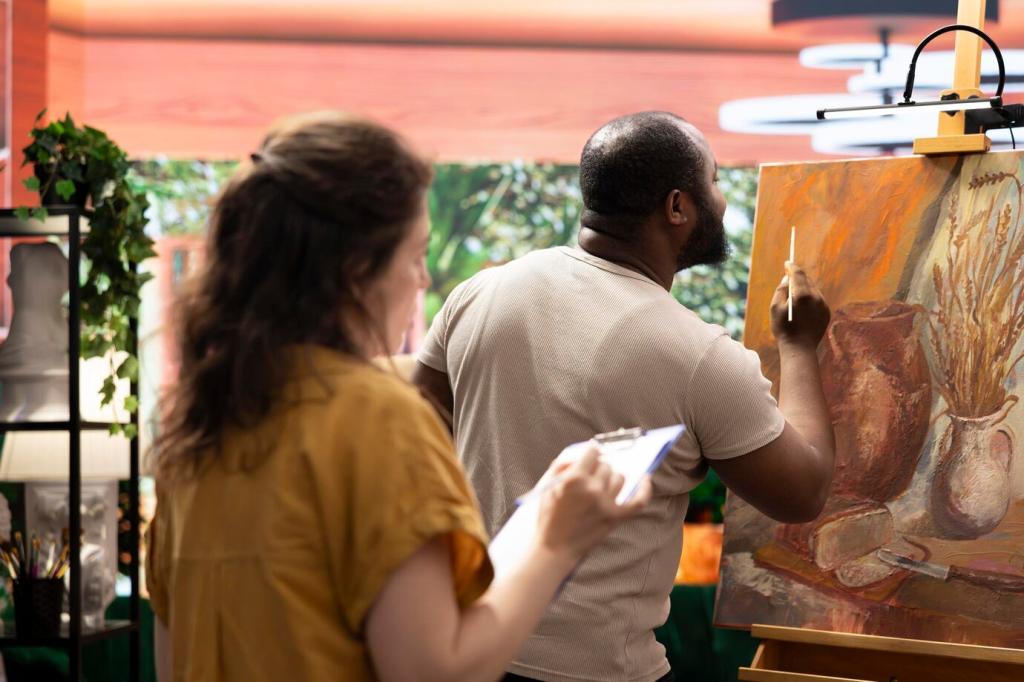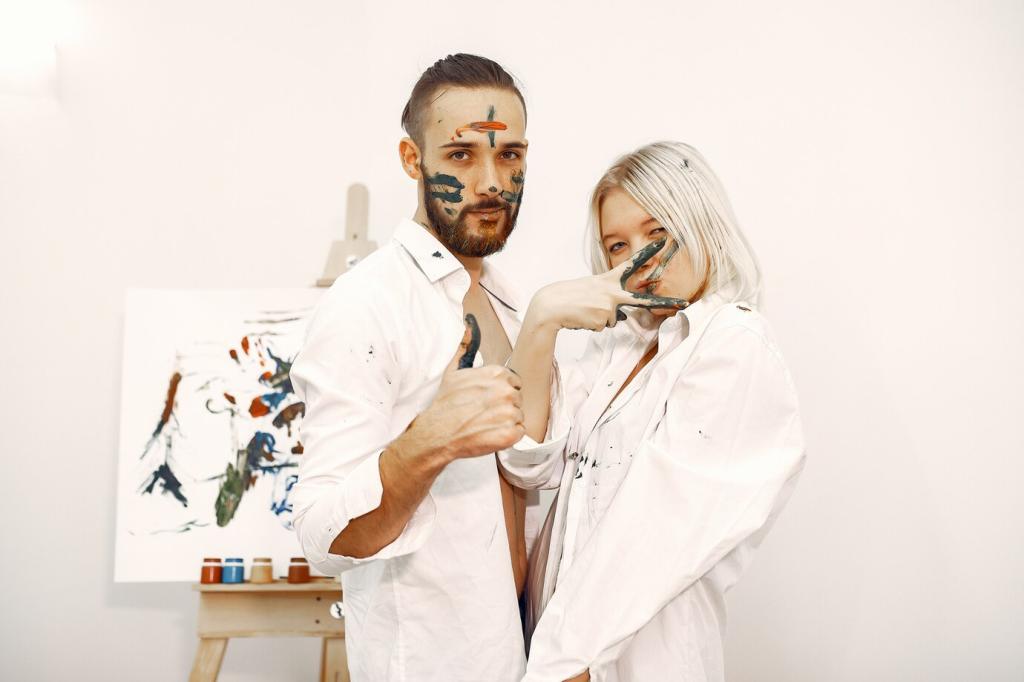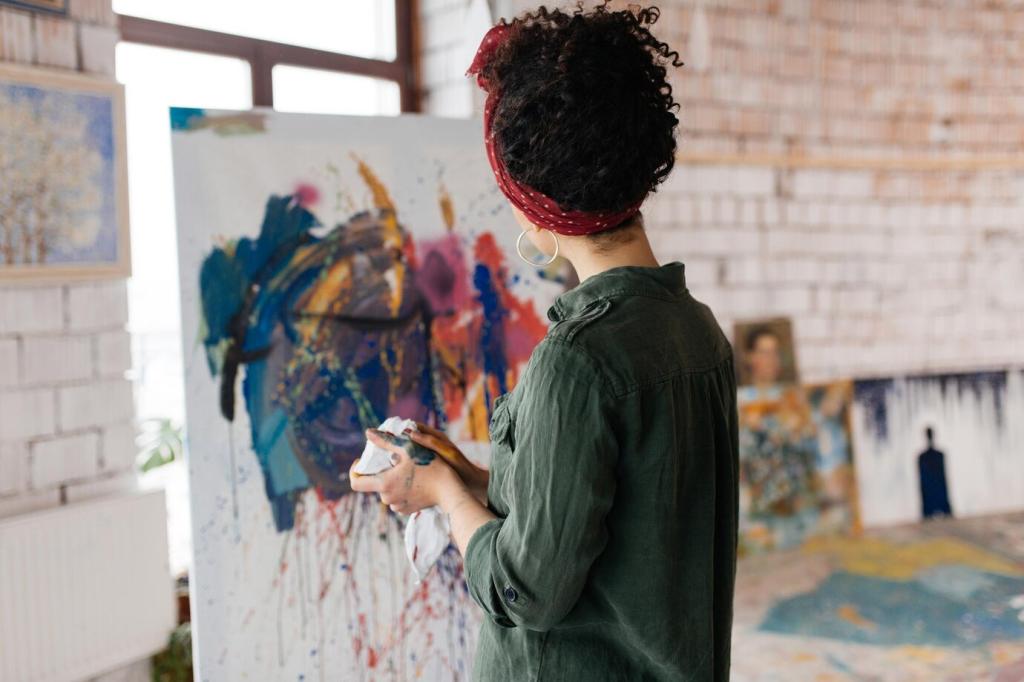Brushwork that Breathes
Short, adjacent strokes preserve color identity and create a mosaic of sensation. Renoir and Pissarro often left whispers of ground peeking through, giving sparkle. Practice laying separate notes, resisting the urge to overblend. The restraint rewards you with vibrating clarity.
Brushwork that Breathes
Light rarely outlines things sharply. Soften transitions where air thickens and sharpen only where attention must land. Alternate crisp accents with dissolving passages to suggest shimmer. Squint to simplify, then open your eyes to place those thrilling, decisive edge notes.
Brushwork that Breathes
Set a timer and paint tiles of sky, foliage, skin, stone—two minutes each, no blending afterward. Move on mercilessly. This builds confidence and variety. Post your favorite tile, tell us what surprised you, and subscribe for more bite-sized practice plans.




